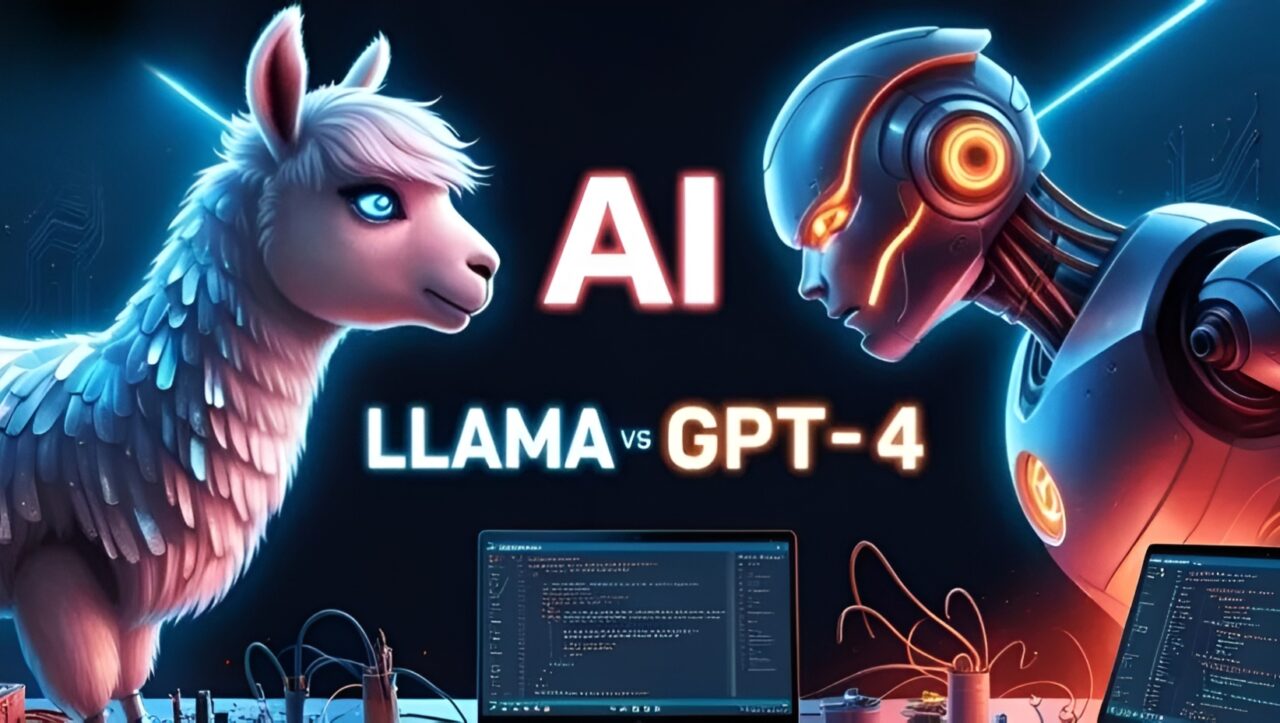In the world of artificial intelligence, we are constantly encountering new surprises, but this time we have a truly astonishing achievement. Llama 3.1 8B, with just 8 billion parameters, has nearly matched and even surpassed the performance of its giant rival, GPT-4o. So, can a small AI model compete with the giants when optimized with the right techniques? Here are the details…
Llama 3.1 8B Surpasses AI Giant GPT-4o
Researchers conducted an intriguing experiment using the Llama 3.1 8B model. In this experiment, the model was tasked with generating the same Python code 100 times in a row. The results were quite impressive. This small language model, with a simple strategy, matched the performance of GPT-4o. Moreover, it not only matched but also managed to surpass GPT-4o when the number of searches was increased.

Llama 3.1 8B achieved a success rate of 90.5% in the 100 searches. This is almost identical to GPT-4o’s 90.2% rate. However, when researchers increased the number of searches to 1000, Llama’s success rate rose to 95.1%. Thus, a small model can indeed outperform larger models when properly optimized.
This success raises many questions in the AI world. How can a small model outperform a competitor with massive parameters? The answer is actually simple: search methods and proper optimization techniques.

The search method used with Llama 3.1 8B involves forcing the model to perform the same task multiple times, leading to more accurate results. This technique is particularly effective in areas like mathematics and programming. In such tasks, making multiple attempts to find the correct answer can significantly improve the success rate.
Llama’s achievement is commendable. However, this method may not have the same effect in all areas. For example, it may not be as effective in more open-ended tasks like free text writing. What do you think? Share your thoughts in the comments below.














